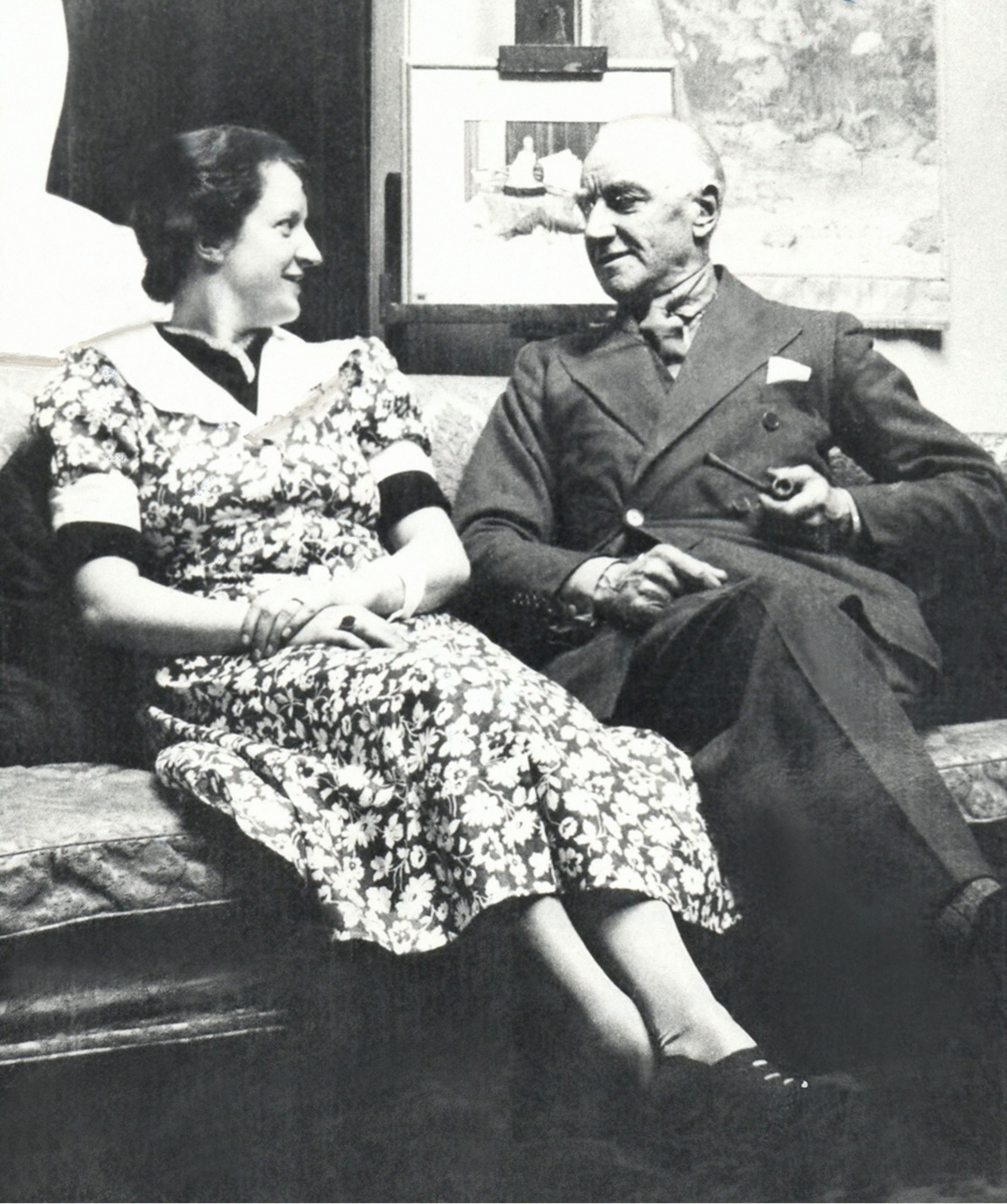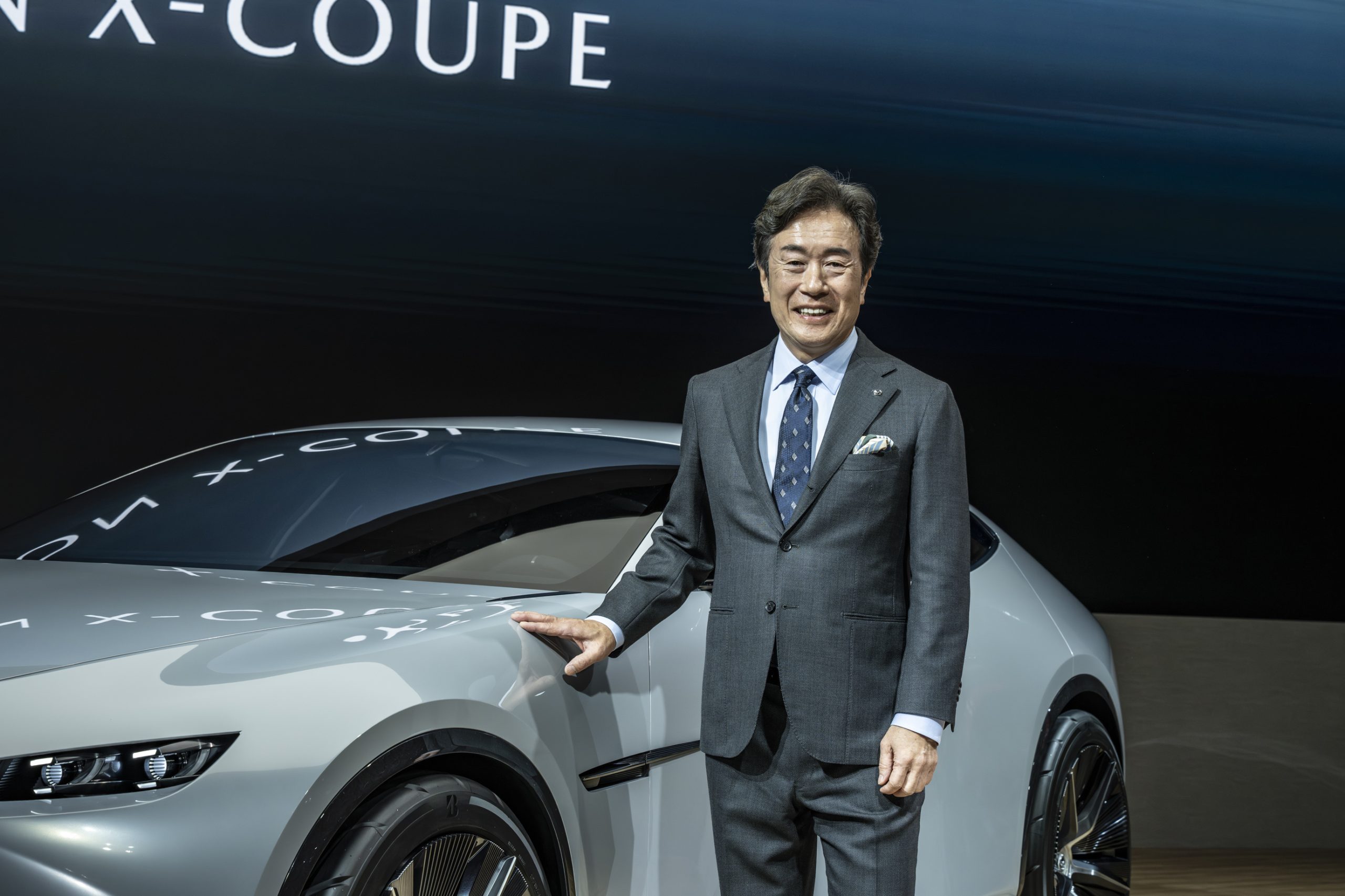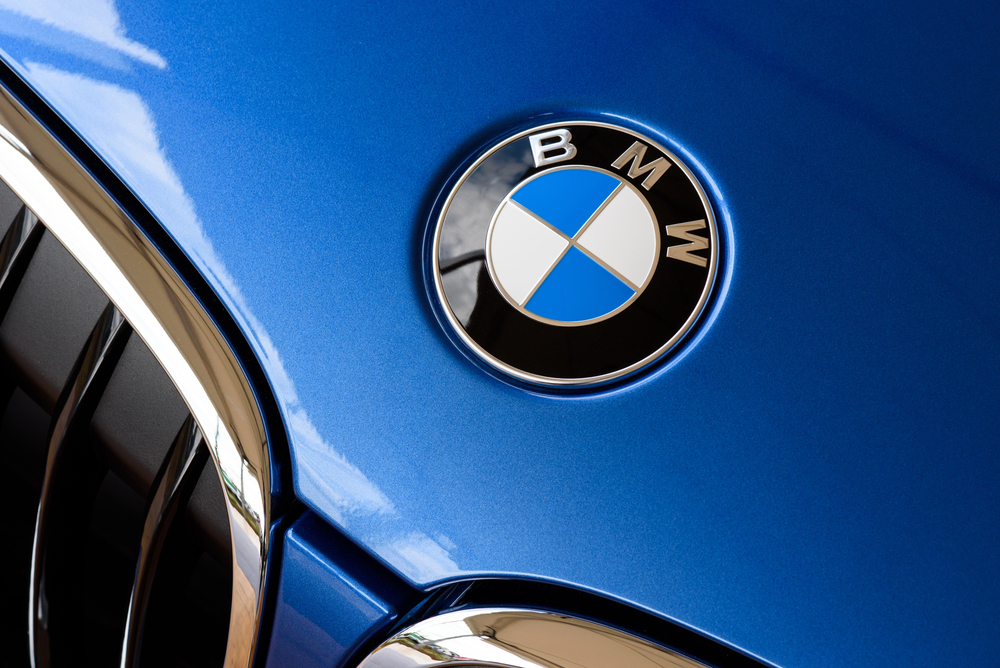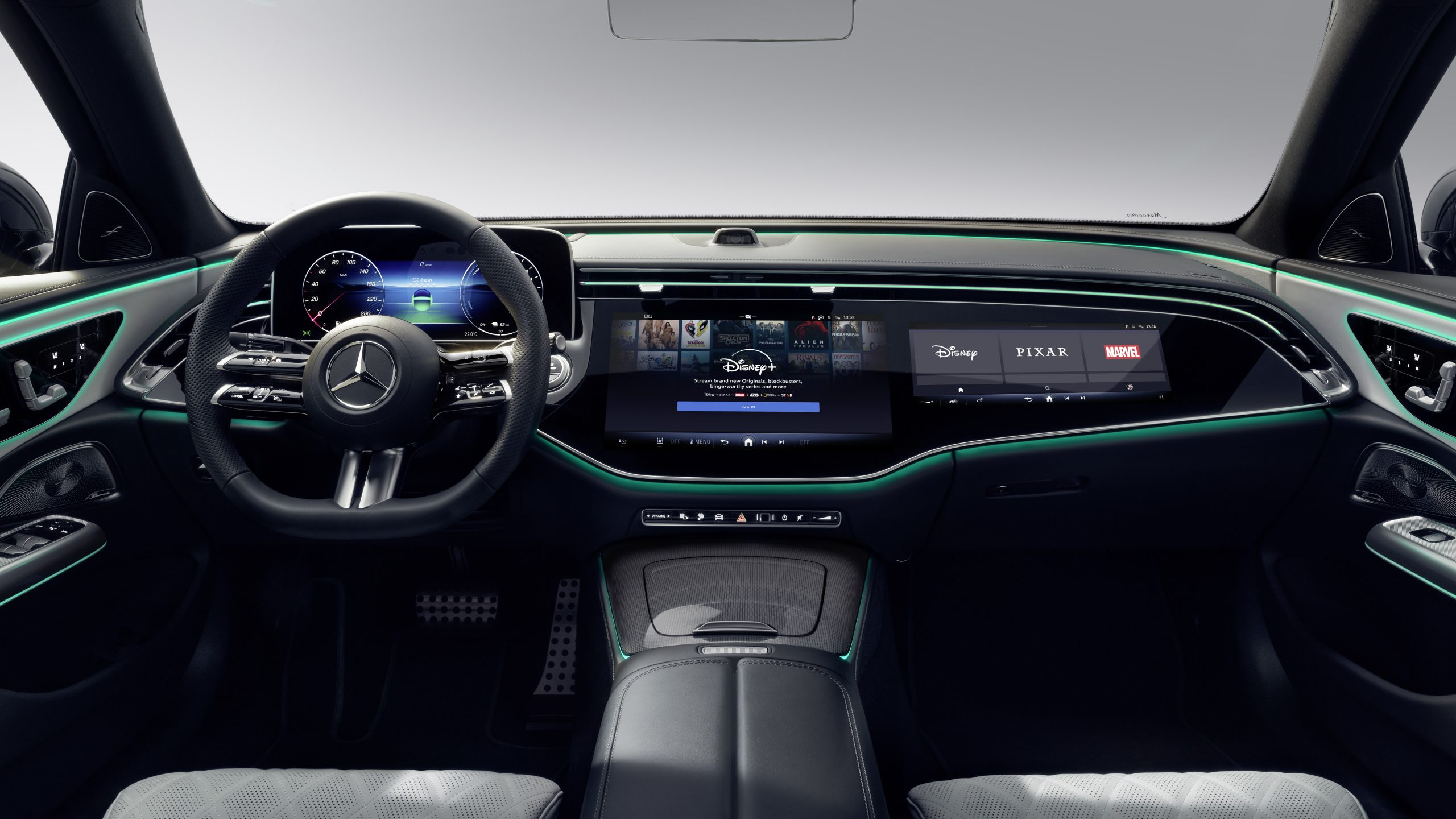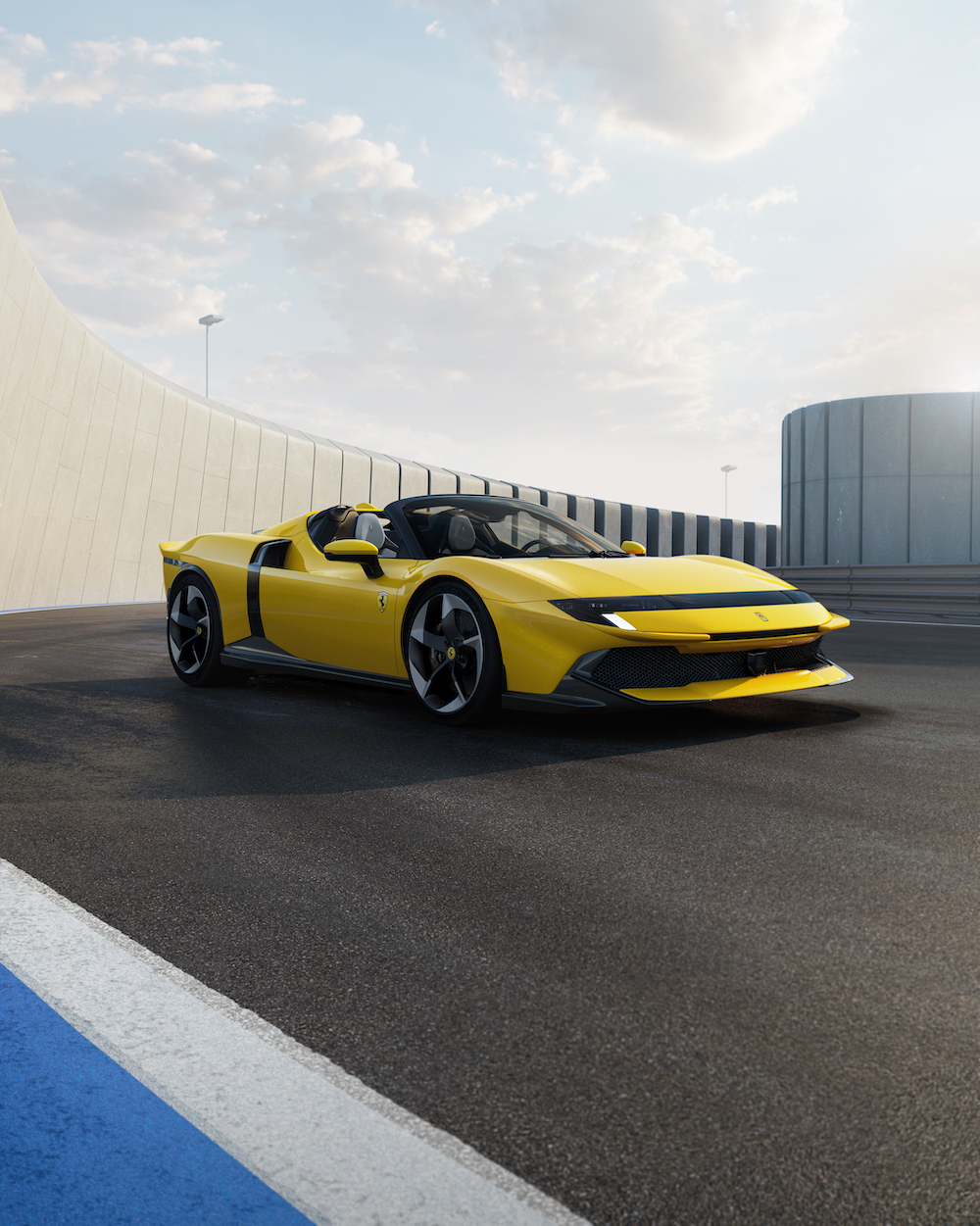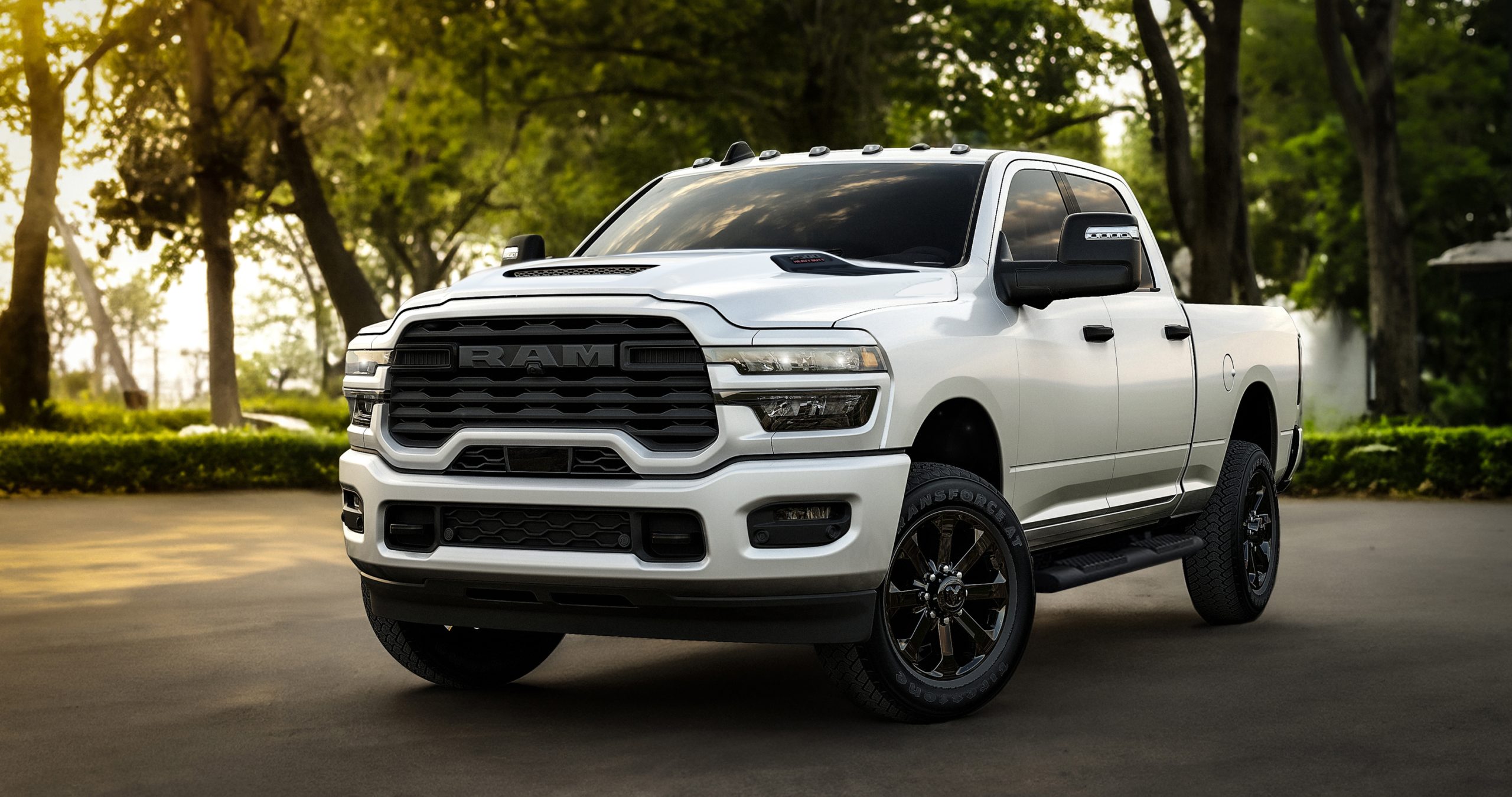1 megawatt charging: CONCEPT AMG GT XX once again demonstrates exceptional performance – this time at the charging station
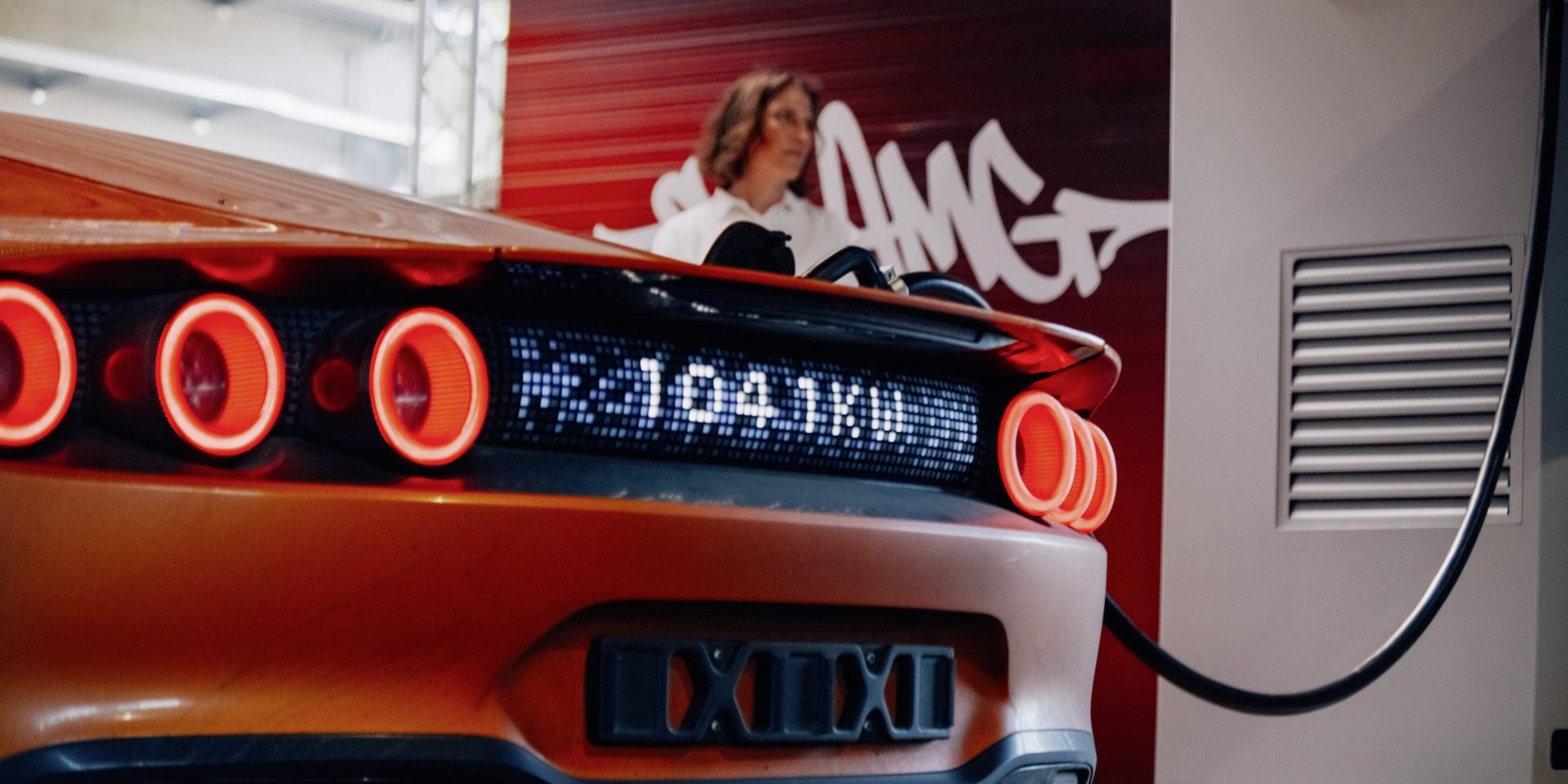
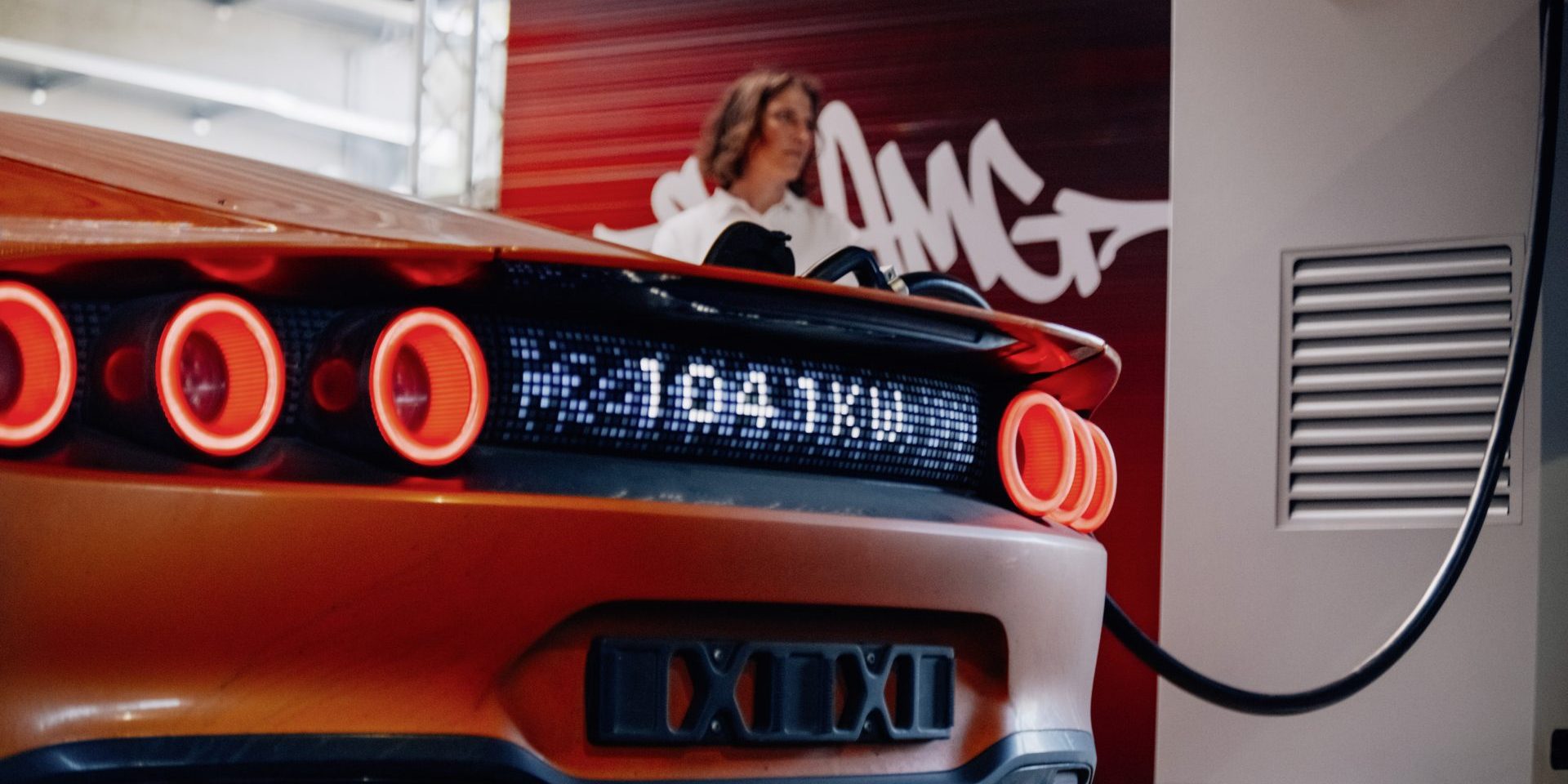
- Concept vehicle achieves top figure for ultra-fast charging: more than 1 megawatt with just one charging cable
- 1 megawatt mark reached after 0.5 seconds and sustained for approximately two-and-a-half minutes
- Technological breakthrough for charging infrastructure: more than 1,000 amps via a liquid-cooled CCS cable at prototype CCS charging station
With 25 records broken, the CONCEPT AMG GT XX set new standards on the high-speed track in Nardò, Italy. The technology program impressively demonstrated the outstanding performance of the axial flux motors and direct-cooled battery. These two technologies will enter series production next year in the new AMG.EA high-performance architecture.
The CONCEPT AMG GT XX once again highlights its exceptional performance – this time for charging. At a prototype charging station, the concept vehicle achieved over 1,000 kW (1 megawatt) of charging power. The technology program and the prototype charging station further underscore the holistic development approach at Mercedes-Benz.
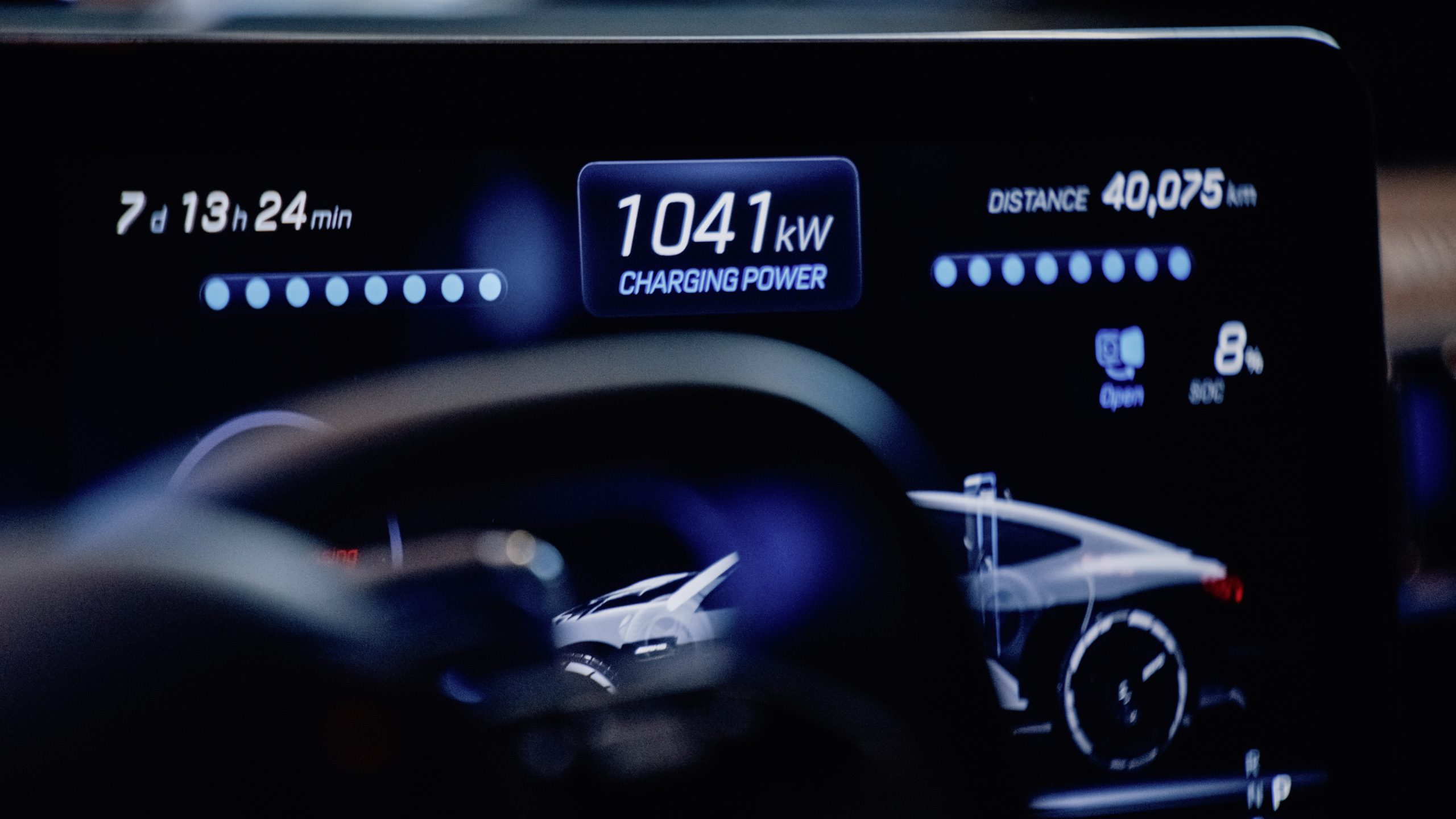
In the week following the CONCEPT AMG GT XX’s legendary finish in Nardò, the car achieved a maximum charging power of 1,041 kW during megawatt charging. It marks an all-time best that stands directly alongside the series of other records set by this vehicle. An incredibly high charging power was available immediately, with the megawatt mark reached just 0.5 seconds after initiating charging. At the charging station, the technology program demonstrated its remarkable endurance yet again. The CONCEPT AMG GT XX was able to maintain 1,000 kW charging power for approximately two-and-a-half minutes. Up to 1,176 amps of current flowed via the specially developed CCS charging cable. The system transmitted 17.3 kWh in just one minute, which is the equivalent of 125 km of range (WLTP1).
This charging record exemplifies the unwavering dedication and determination of the Mercedes-Benz Charging Unit, Mercedes-AMG and Alpitronic in the quest to push technical boundaries together.
This milestone was made possible by the vehicle’s innovative high-performance battery. Developed from scratch in Affalterbach, it is inspired by Formula 1® and uses cylindrical NCMA cells. The tall, slim design cell design enables efficient cooling and a high energy density of over 300 Wh/kg. The laser-welded aluminum cell housing improves conductivity in terms of both current and heat, contributing to the battery’s robust and enduring performance.
The intelligent direct cooling of the battery cells is provided by an electrically non-conductive oil that maintains an optimum temperature for each of the more than 3,000 cells. This cooling system ensures uniform heat dissipation and supports the capability of the high-performance battery to deliver high continuous power. The voltage of over 800 volts reduces weight through lighter wiring and shortens charging times. Meanwhile, the intelligent thermal management precisely controls cell temperature to ensure maximum performance even during intensive use.
Revolution in charging infrastructure
Another key to success is the revolutionary charging infrastructure made possible by Mercedes-Benz in collaboration with Alpitronic. At the heart of this charging infrastructure was a specially developed prototype charging station combining the best of two technologies. An MCS charging station originally designed for trucks was converted into a system that works with a slim CCS cable, while safely transmitting the immense current.
Next generation charging
The approach of jointly developing the vehicle and charging infrastructure once again shows the potential that exists when the two are optimally matched. The findings from megawatt charging will flow directly into the development of a new high-performance fast charger at Mercedes‑Benz charging hubs in Europe and North America. Mercedes‑Benz and Alpitronic are thus underlining their innovative strength and setting new standards for public charging.
If you enjoyed this article, be sure to follow us on Microsoft Start.


